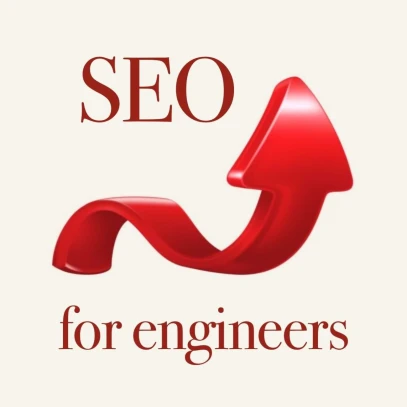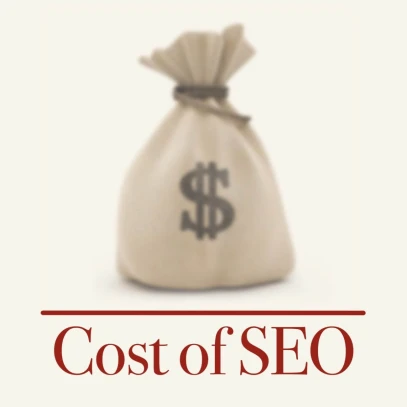SMM, or social media marketing, has become an essential part of promotion strategies for many businesses today. The construction industry, including scaffolding companies, is no exception. In this article, we will explore the pros and cons of SMM for scaffolding companies, and help you understand whether social media is a good fit for your business.
By the way, there are many other marketing instruments for scaffolders to promote their businesses. For example, there is a specialised marketplace for scaffolding companies in London, where you can reach your target audience even without effort on content making.
What is SMM?
SMM is the activities performed to promote a business via social media networks. The most popular networks in the UK are Facebook, Twitter, LinkedIn, and Instagram. SMM typically involves creating and sharing content. The goal here is to build a community of followers and interact with them.
Pros of SMM for Scaffolding Companies
1. Increased Brand Awareness
One of the biggest advantages of SMM is that it can help scaffolding companies increase their brand awareness. By creating and sharing engaging content, companies can win new leads and loyal customers. SMM can also help you establish your brand identity and differentiate yourself from competitors.
2. Targeted Advertising
SMM allows scaffolding companies to target their advertising to specific leads, based on demographic, location, interests, etc. This means that you spend ad money on the most relevant and likely-to-convert audiences, increasing your return on investment (ROI).
3. Increased Website Traffic
SMM can drive traffic to your website. Typically, the goal is achieved by promoting your website content and having followers who desire to link back to your website. The result could be a significant increase in your website's rankings and visibility, leading to even more traffic and potential leads.
4. Customer Engagement and Loyalty
With SMM, you can engage with your customers and build their loyalty. By responding to customer inquiries and comments, sharing behind-the-scenes content, and running social media contests and promotions, you can foster relationships that go beyond the sale.
Cons of SMM for Scaffolding Companies
1. Time and Resource Investment
SMM can be time-consuming and requires a dedicated assistance to manage and create content. If you don't have the bandwidth or expertise sufficient to create engaging content and manage your social media presence, it can quickly become overwhelming and ineffective.
2. Negative Feedback and Reputation Management
SMM can also expose your business to negative feedback and comments, which can be challenging to manage. Negative feedback can damage your brand reputation if not addressed appropriately, so it's important to have a strategy in place for responding to feedback.
3. Difficulty Measuring ROI
Measuring the ROI of SMM can be challenging, as social media platforms often provide limited analytics and attribution data. It can be difficult to tie social media efforts directly to revenue, making it challenging to justify the investment in SSM.
4. Saturation of Social Media Platforms
As more businesses adopt SMM, social media platforms are becoming increasingly crowded and noisy. This means that it can be challenging to cut through the clutter and stand out from competitors, especially if you don't have a dedicated strategy in place.
Conclusion
SMM can be a powerful tool for scaffolding companies. However, it's important to carefully consider the pros and cons of SMM before investing your time and resources into it. By understanding the benefits and challenges of SMM, you can make an informed decision about whether social media is the right fit for your business.
If you do decide to pursue SMM for your scaffolding company, be sure to develop a comprehensive social media strategy that includes a content calendar, target audience analysis, and metrics for measuring success.


